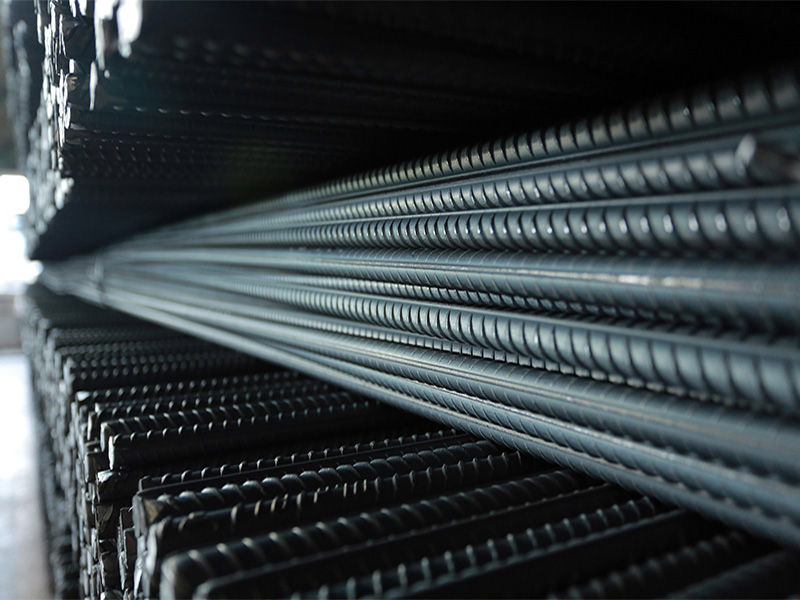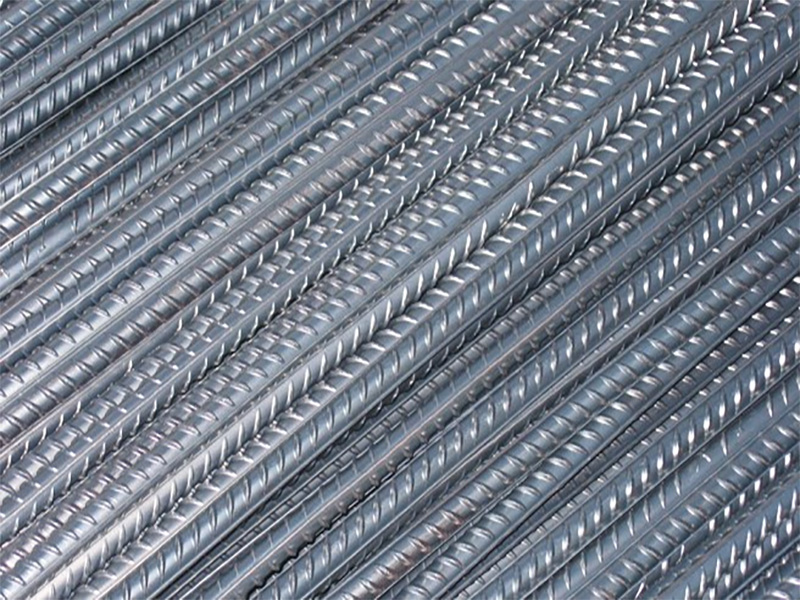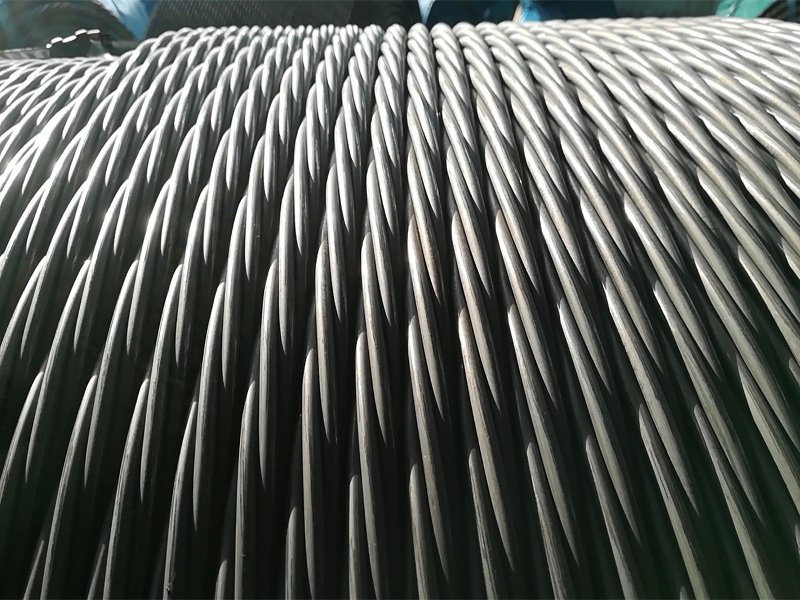

classification of steel

Tool steel: used to manufacture all kinds of tools, measuring tools, molds, etc., generally for high carbon steel, in quality are high quality steel or high quality steel.
⑶ Special performance steel: steel with special physical or chemical properties, used for parts or structures with special requirements, such as stainless steel, heat resistant steel, high wear resistant steel, magnetic steel, etc



For Further Details,Please Feel Free To Contact Us: